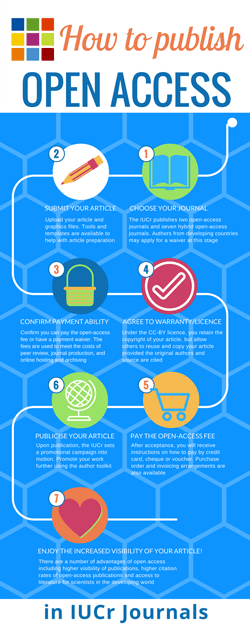data-sharing policy
The IUCr supports the principles of transparency and openness in scientific research. This means making research data available to facilitate the reproduction, validation, reuse and reinterpretation of research findings, leading ultimately to more effective research discovery, i.e. Findable Accessible Interoperable Re-usable (FAIR).
IUCr journals mandate data sharing and peer review of crystal structure data
The IUCr has adopted a data-sharing policy that requires the crystal structure data supporting the results in an article to be peer reviewed and archived either with the IUCr or in an appropriate public repository. Full details of the requirements are given in the Notes for authors. For articles describing scripts or program code, whenever possible these and any other documentation necessary for reproduction of the published results should also be publicly archived. This policy applies to all IUCr journals. (In rare cases exceptions may be granted by the editors, for example when the sharing of data may compromise ethical standards or legal requirements.)
Published articles contain links to the data either on the IUCr site or in the repository together with links to other supporting information. All relevant accession, reference or identification codes, or other persistent identifiers such as DOIs are included in articles.
It is the practice of IUCr journals to provide free access to all supplementary materials and supporting data files deposited with a published article. When the data are reused, we ask that proper attribution is given to the associated source article.
Data repositories
The IUCr recommends that authors deposit data sets in standard, subject-specific public repositories. A list of repositories relevant to crystallographic data is available at https://www.iucr.org/resources/data/databases. Additional repositories may be found by visiting https://www.re3data.org or https://fairsharing.org, which list registered and certified data repositories.
Data references
Identification of individual structures in an article by use of database codes should be accompanied by a full citation of the original literature in the reference list.
Where authors have used a publicly available data set from a repository this should be cited in the published article according to the following style:
Authors (Year). Data set title. Persistent identifier.
An example citation is:
Brink, A. & Helliwell, J. R. (2019). Raw diffraction images. Formation of a highly dense tetra rhenium cluster in a protein crystal and its implications in medical imaging. https://doi.org/10.5281/zenodo.2874342
Related pages
Types of supporting information
Archive of supporting information


 menu
menu




